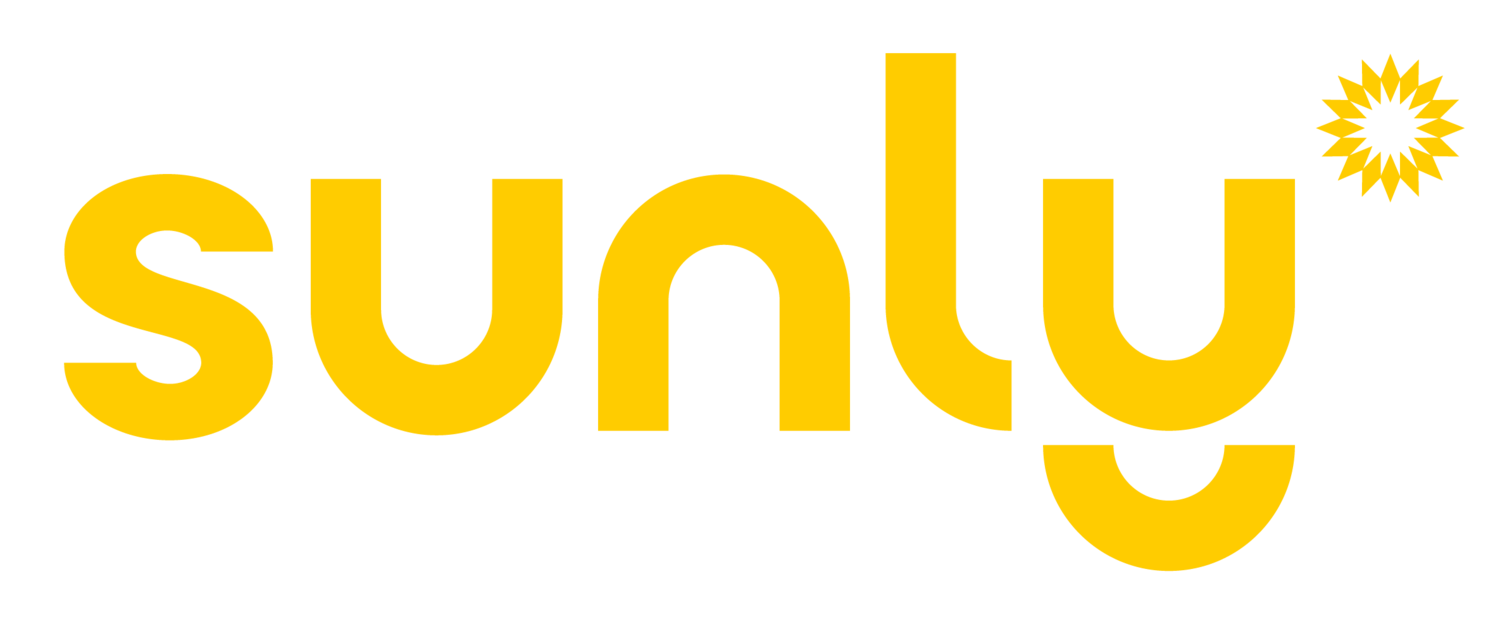How Much Does It Cost to Put Solar Panels on Your Roof?
How Much Does It Cost to Put Solar Panels on Your Roof?
Solar Panel Installation Cost - How Much Does It Cost To Put Solar Panels On Your Home
Homes and businesses with solar panels are becoming increasingly common as interest and demand continue to grow. For some, however, the perceived expense of installing a solar system is something of a deterrent.
In truth, solar panels are not only becoming more efficient, but also more affordable. How much does it cost to put solar panels on your roof and are there options available to help with the expense?
Cost of Solar Panels for Canadian Homes
Perhaps the two most common questions when it comes to solar panels are “will they work where I live?”, “is solar worth it in Canada” and “how much do they cost?”
There are several factors that will determine the exact cost of your new solar system. Where you live, your desired energy capacity, the complexity of the installation, and your existing electrical infrastructure are a few of the considerations that will impact the ultimate price of your installation. That said, virtually all of Western and Northern Canada is suitable for solar power, making it viable and extremely cost effective.
Over the past several years, solar panels have come down in price significantly, with more effective installation techniques, government incentives, and other innovations all helping to make them more affordable.
Today, a good way of estimating the cost of installing solar panels on your roof is to assume roughly $3 per watt. With an average Canadian home requiring between 5 and 10 kW of solar panels, this would work out to $15,000 for a 5 kW system. It should be noted, however, that the price per watt is inversely proportional to the cost of the system. This means that larger systems could be available at less than $3 per watt.
In provinces across Canada, there are also rebates and other incentives available to those adopting solar power. These incentives will vary from one province to the next, so check with your home province to see what is available to you.
What is the Best Way to Finance Solar Panels for My Home?
Even with incentives and knowing the savings that will ultimately be had, solar panels remain a significant investment, so it’s only natural to look for every possible means of saving money. When it comes to financing the installation of your solar panels, what are the best options?
The greatest savings will always come from making your purchase with cash and it will result in a much shorter payback period. It probably goes without saying, however, that for many people, making a cash purchase is simply not possible. Another option exists that you may wish to consider: a bank loan.
While seeking a loan from the bank may not seem like the ideal solution for some people, it is actually quite advantageous and combines the benefits of both cash purchases and leases while managing to address the limitations of both.
When you take out a bank loan to purchase your solar system, you will reduce the upfront payment while increasing the payback slightly. Depending on your location, you may also be able to benefit from a clean energy financing program, offering you a loan at a low interest rate. You may also find that your bank or another financial institution offers the same.
Although your individual circumstances and preferences may influence the manner in which you buy your solar panels, the best option and the one to consider, if possible, is to pay cash. If a cash payment is not possible, a bank loan is the second-best choice, with leasing the panels coming in third place.
How Long Does It Take for Solar Panels to Pay for Themselves?
Although there is the tendency to consider the overall price the most important part of a purchase, it’s often a better idea to consider the payback period. A large purchase becomes much more palatable when it’s understood that it can pay for itself quickly, while a lengthy payback period can seem daunting. In the case of solar panels, decreasing prices have meant a major decline in the payback period.
There are many factors that will determine how long it will take for your solar system to pay for itself. These include not only the cost of the system, but also your current expenditure on energy and the amount of daily sunlight available. A typical installation should pay for itself withing 8 to 15 years.
While 15 years may sound like a long time, it’s important to remember that solar panels have a rather long lifespan, typically a minimum of three decades. Even with the longest payback period, once the system has paid for itself, you can reasonably expect at least 15 more years of free energy production. With the cost of electricity rising, that becomes increasingly attractive year after year.
With expert installation of your solar system, you can be confident that your solar panels will provide the maximum benefit throughout their lifespan, resulting in the shortest payback period possible, followed by many years of continued service and free energy.
Check Out This Article: How to Save with Solar
Why Go Solar?
Most natural resources are finite in nature and as our demand for energy grows, we need to consider alternatives. Every day, the sun produces vast amounts of energy—far more than we could possibly use. This makes solar an attractive choice.
Until recently, the cost of solar panels has been an impediment for many, but while the cost of conventional energy has been rising, the cost of solar panels has been steadily declining, making them more affordable than ever at a time when we can use them most.
There has never been a better time to adopt solar power. Saving money and helping to protect our environment can now go hand-in-hand.



